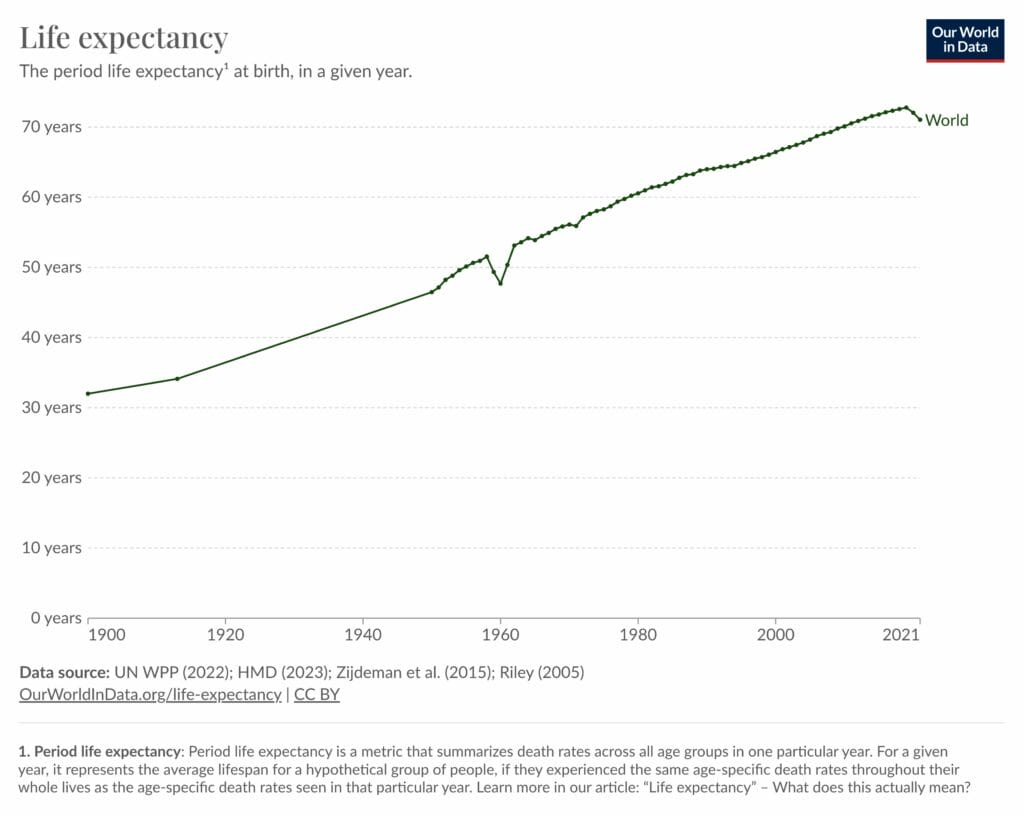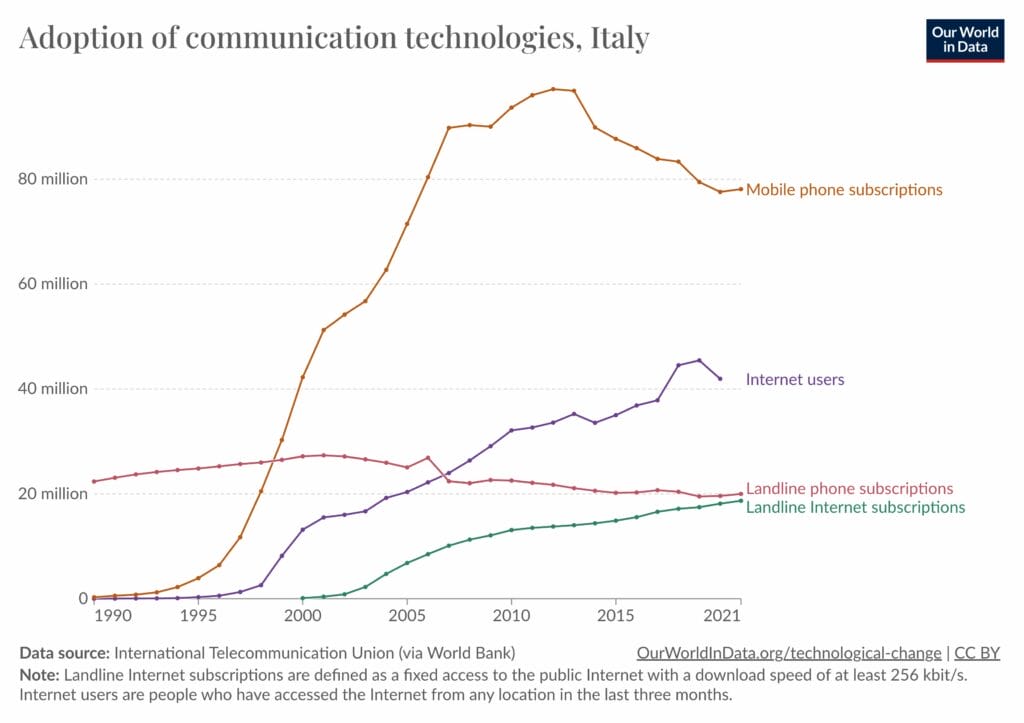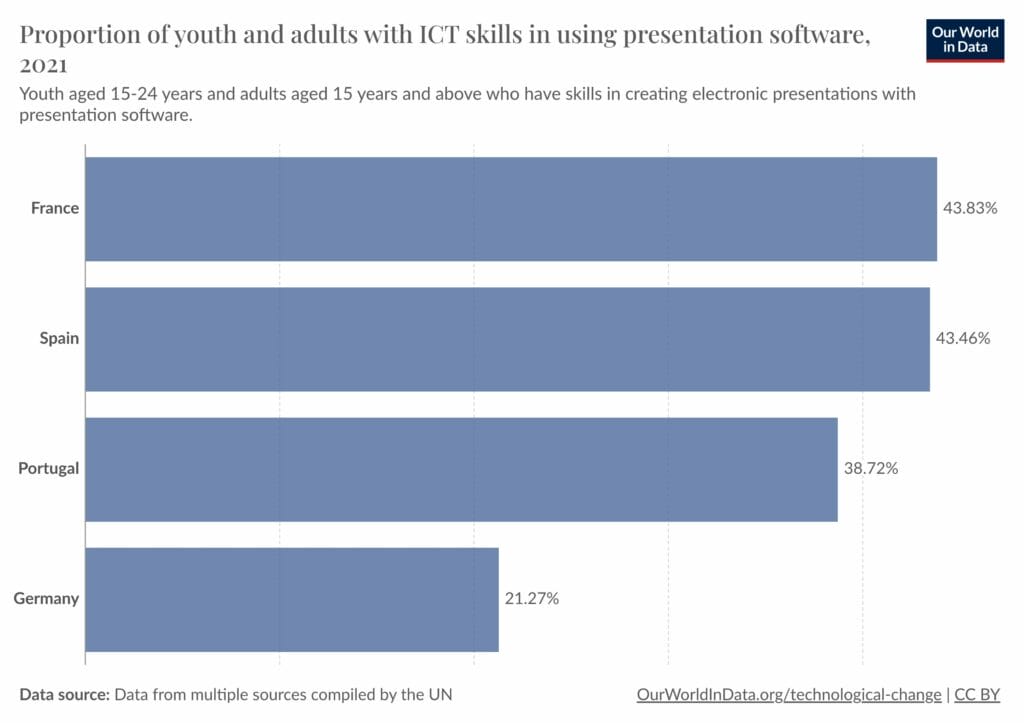With the development of artificial intelligence, the term transhumanism has come up again. We try to understand what it is, what implications it has for society and, above all, how it relates to technology.
Transhumanism is a social movement that can be traced back to the current historical epoch that focuses on technological development. The form of transhumanism is not ‘defined’ within a precise perimeter: some consider it a social movement and others even a religion. Let us therefore try to make a quick run through of the main aspects of the discussion; to go into them in full would really be too long.
The relationship with religion
In the writer’s opinion, the religious vision of transhumanism does not have much foundation: a religion must revolve around a divine dimension, an assembly of religious people and a doctrine that, at least for the moment, have not been formalised. There have been attempts to create religions such as, for example, the ‘A Way of the Future’ created by Levandowski (for more on this click here), which was initially shelved and is reportedly being revived in recent weeks by Levandowski himself. The reason why there is a tendency to associate transhumanism with the religious component probably stems from the fact that in post-modernity (the period preceding transhumanism), the themes deriving from the New Age have developed, which has brought about a great diffusion of religions, beliefs and spirituality in the world. Transhumanism inherits this spread but, in some way, will have to adapt it to the current technological context. This is why ‘A Way of the Future’ has been revived recently, because previously the idea did not find a sufficiently interactive outlet for the proposal. Transhumanism is, among other things, at the apex of immediacy: in antithesis with the traditional view of religious ritual (which requires specific times and figures to be administered). This immediacy was already well known in the post-modern era, as theologian P. Sequeri points out:
A qualifying trait of the postmodern figure of religion is that the relationship between unexpressed personal (emotional) experiences and religious images is realised in immediate forms […] The narcissism of a gnostic religion and the despotism of a sacrificial religion fade into each other, feeding on the same arguments and aspirations. The religious self-referentiality of the ‘I-atom’ and that of the ‘I-mass’ are now only superficially distinct in postmodernism
Source: AA.VV., “La Religione Postmoderna”, Ed. Glossa (2003), Pg. 16 and 81
Religion has thus changed from a collective to an individual phenomenon, from a doctrinal to a personalised and self-referential rite, in some cases even defined as libidinal. It is worth recalling, in this sense, Nietzsche’s premonitory title‘The Fall of the Idols‘, which seemed to foretell what would later happen. In 1989, Emanuele Severino wrote the book‘La Filosofia Futura’ (Future Philosophy) of which the following is reported.
In the future, science may not only connect artificial intelligences to bodies with human features, so as to obtain individuals completely indistinguishable from naturally generated human individuals, but may also indefinitely increase the mental and physical possibilities of natural man, making him a ‘superman’, and indeed bringing him ever closer to ‘God’. That man wants to become God is one of the oldest and most recurring experiences of human civilisation.
Source: E. Severino, La filosofia futura: oltre il dominio del divenire, New ed., rev.1. ed. in Biblioteca Universale Rizzoli : BUR Saggi. Milan: RCS Libri, 2006, page 138.
The relationship with technology
It is important to realise that transhumanism is not exclusively based on technophilia, i.e. the love of technology. Transhumanism has a different purpose: to defeat human finitude and resolve the biological limits that characterise the ‘creature-man’. In order to take this important and radical step, technology is the pillar by which technology is expressed. This is the relationship with technology and is therefore much more visceral than a simple enthusiasm or techno-enthusiasm to quote our friend Andrea Lisi. At the heart of transhumanism is man but no longer as a creature of nature, not as a finished product of the natural world but as a hybrid creation. Born from nature, evolved by technologies that, in fact, allow him to resolve those boundaries imposed by disease and the ‘fragility’ of being a natural creation. Altering the life cycle of a human being is a well-known fact: consider, data in hand, that it is also thanks to this alteration that life expectancy has risen over the last 150 years.

In 1900 the average age was 32, while in 2021 the average age has been raised to 72: a remarkable rise that cannot but be associated with technological development. The relationship with technology is therefore changing because we are used to understanding technology as the bearer of convenience and facilitation. Rarely, however, are the less positive aspects of technological development publicised. The main one is attributable to form rather than substance and will be better explained in the next chapter. There is, however, a further negative aspect of technology: the limitation of critical thinking. If a technological entity is a source of truth and if that truth is considered indisputable or incontrovertible, what is the point of ‘critically reasoning’ about that truth? Truth loses its meaning because everyone is convinced they possess it and no one critically questions the truth.
Farewell to truth: this is how we could express, in a more or less paradoxical way, the situation of our current culture, both in its theoretical and philosophical aspects and in our common experience.
Source: ‘Farewell to truth’, G. Vattimo
In this context, which is so dangerously topical, it is worth quoting a sentence by Hanna rendt in her diary notes‘he who, in a clash of opinions, claims to possess the truth, expresses a claim to dominance‘.
The relationship with marketing and society
In transhumanism, marketing and communication are operating a complex promotional action through two well-defined operations:
- Simplification of complex concepts to the point of making them so elementary that they are sometimes distorted from their actual meaning (see what has been done with the term artificial intelligence).
- Creating demand instead of users and this is a well-known and very effective strategy in technology. Since users are not always able to develop a need of their own for products/services in the technology sphere, it is the companies themselves that insinuate the desire to buy.
Marketing and communication therefore play a central role in the process of developing and disseminating technologies, even if, of course, this is not necessarily a benefit directly. There is a clear problem of awareness in the use of technologies: not only of new technologies but also of those that by now should be considered old.


The graphs above show the trend in the spread of Internet communication technologies and related mobile media. The second graph, on the other hand, shows the ability of 15-24 year olds to use presentation software correctly. The two figures deal with different but related issues: the spread of technology is not directly proportional to the spread of knowledge.
In addition to this, we have to consider the phenomena related to the context in which technologies are established. Il Sole 24 Ore reported on data from the conference promoted by the Istituto Superiore di Sanità in 2023 and entitled‘The health of adolescents: data from the Health Behaviour in School-aged Children surveillance – HBSC Italia 2022‘.
32% of adolescent boys and 40% of adolescent girls do not report high levels of family support, a trend that is worse than the survey 5 years earlier. In particular, 48% of girls and 39% of 15-year-old boys do not confide in their parents, and 13- and 15-year-old girls, compared to boys of the same age, have greater difficulty in talking to their father figure.
Source: Sole 24 Ore(link)
Marketing and communication, however, communicate that‘simplicity‘ that is so much sought after these days, without too many questions about usefulness. A ‘simple’ technology, which one knows how to use but does not master, is of no use and risks causing collateral damage that is difficult to predict. This brings us to another piece of logic: that between technology and law.
The relationship with the law

A few days ago a very interesting article by lawyer Paolo Galdieri was published in ‘Il Quotidiano del Sud’, it is important to reflect on what Galdieri writes about the management of our legal system.
In the face of incidents of this kind, one can question whether sexual violence committed in the metaverse can be considered a crime in our legal system, or whether certain conduct committed there can be considered a crime. […] I would tend to exclude, on the basis of the current rules, the possibility of applying rules such as sexual violence, which ‘bring into play’ physicality. If it is true, in fact, that so-called virtual sexual violence is allowed, it is recognised insofar as, even if at a distance, one is moving against an individual ‘in the flesh’.
Source: ‘Network and crime: the emotionality of the moment cannot guide the legislator’,P. Galdieri, Il Quotidiano del Sud, 29/01/2024, Pg.1-4, Sheet 2/3
Jurists know the problem well: law has a much slower evolutionary speed than technology. Galdieri correctly suggests some solutions including:‘avoid rush regulation‘.
For years, there has also been talk of a process of delegification and simplification of the national regulatory framework: Italy has about 160,000 regulations, of which just over 71,000 have been approved at the national level and 89,000 by the regions and local authorities (source: ANSA) and if we want to put this figure into graphic form by comparing Italy to other countries, the result is as follows.

It is a disconcerting result: even adding up all the laws of the three countries does not add up to those of Italy: 15,000 compared to 160,000 in Italy. Jurists are well aware of this situation, as well as of the fact that this exorbitant difference does not guarantee greater protection but undoubtedly has a heavy impact on bureaucracy.
The amazing thing about law is that it works: Galdieri is right when he writes‘our legal system is sufficiently equipped to cope with technological innovations‘. But why does our legal system work? Probably because the principles underlying the rules are always valid, because those are what drive the rules and those are what sustain society. He is therefore right to say that law should not chase after technology: there is no need to do so, indeed it would be a glaring mistake.
The relationship with ethics
Finally, the relationship between transhumanism and ethics must be analysed, and it is not an easy one, especially if one were to start with the definition of ethics.
speculative reflection on man’s practical behaviour, especially insofar as it seeks to indicate what is the true good and what are the means to achieve it, what are the moral duties towards oneself and towards others, and what are the criteria for judging the morality of human actions
Source: Treccani
We must therefore speak, as a prime example, of what we might call the ethics of death. When Bonito writes about possible emerging ideas regarding the performance enhancement of the human body, he addresses this very issue. The idea of extending the life of human beings beyond the natural measure would mean creating an imbalance in the resources available on the planet; but the idea of excessively extending life would also lead to such an imbalance, which, in the first instance, would manifest itself in an overcrowding of the planet with all the consequences that would ensue.
Death, as a natural act of regulating life cycles, is therefore ethical: it keeps the relationship between available resources and life opportunities balanced. In a sense, it is possible to say that there is indeed an ethics in death.
On the other hand, however, man seeks immortality in order to overcome one of his greatest fears: his finitude, but this quest would bring him face to face with the dilemma of the limitation of available resources and, soon afterwards, to consider sacrificing part of his fellow man for his own benefit.
Conclusions
Without imagining a dystopian future, it is important to understand how rapidly and intensively technology is changing the world. Breaking away from the normal rules of nature demands a higher level of attention in order to maintain the ethical balance discussed above.

